The human gastrointestinal tract (GIT) is an organ system responsible for consuming and digesting foodstuffs, absorbing nutrients, and expelling waste. The whole system is under hormonal control, with the presence of food in the mouth triggering off a cascade of hormonal actions; when there is food in the stomach, different hormones activate acid secretion, increased gut motility, enzyme release etc.
The upper gastrointestinal tract consists of the esophagus, stomach, and duodenum. The lower gastrointestinal tract includes most of the small intestine and all of the large intestine. Other accessory organs include liver, pancreas, gall bladder, salivary gland, teeth and tongue. Nutrients from the GI tract are not processed on-site; they are taken to the liver to be broken down further, stored, or distributed.
Mouth: The digestive process begins in the mouth. Food is partly broken down by the process of chewing and by the chemical action of salivary enzymes (these enzymes are produced by the salivary glands and break down starches into smaller molecules).
Oesophagus: After being chewed and swallowed, the food enters the oesophagus. The oesophagus is a long tube that runs from the mouth to the stomach. It uses rhythmic, wave-like muscle movements (called peristalsis) to force food from the throat into the stomach. This muscle movement gives us the ability to eat or drink even when we are upside-down.
Stomach: It is usually “J” shaped situated at left side of body, anterior to the spleen and it connects oesophagus to duodenum. It is mixing chamber and holding reservoir.
The stomach is a large, sack-like organ that churns the food and bathes it in a very strong acid (gastric acid). Food in the stomach that is partly digested and mixed with stomach acids is called chyme.
Small Intestine: The small intestine is the site where most of the chemical and mechanical digestion is carried out, and where virtually all of the absorption of useful materials is carried out.
Duodenum: It forms a ‘C’ shape around the head of the pancreas. Its main function is to neutralize the acidic gastric contents called ‘chyme’ and to initiate further digestion.
Jejunum: This is the midsection of the small intestine, connecting the duodenum to the ileum.
Ileum: The jejunum and the ileum are the greatly coiled parts of the small intestine, and together are about 4-6 metres long; the junction between the two sections is not well-defined.
Liver and Gallbladder: The liver is a roughly triangular accessory organ of the digestive system located to the right of the stomach, just inferior to the diaphragm and superior to the small intestine.
The gallbladder is a small, pear-shaped organ located just posterior to the liver. The gallbladder is used to store and recycle excess bile from the small intestine so that it can be reused for the digestion of subsequent meals.
Pancreas: The pancreas is a large gland located just inferior and posterior to the stomach. It is about 6 inches long and shaped like short, lumpy snake with its “head” connected to the duodenum and its “tail” pointing to the left wall of the abdominal cavity.
Large Intestine: The large intestine consists of the cecum, colon, rectum, and anal canal. It also includes the vermiform appendix, which is attached to the cecum.
- Ascending colon (ascending in the back wall of the abdomen)
- Transverse colon (passing across the back wall).
- Descending colon (descending down the left side of the abdomen).
- Sigmoid colon the main function of the large intestine is to absorb water.
.png)





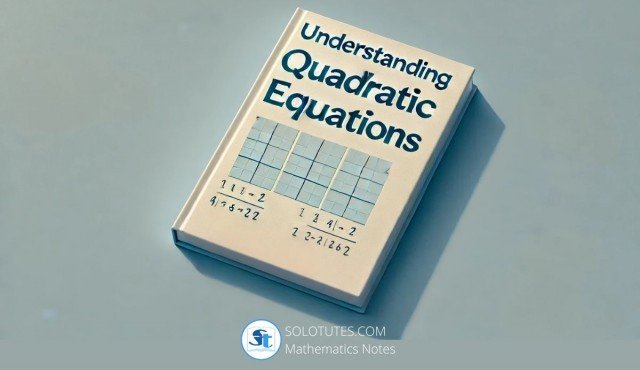
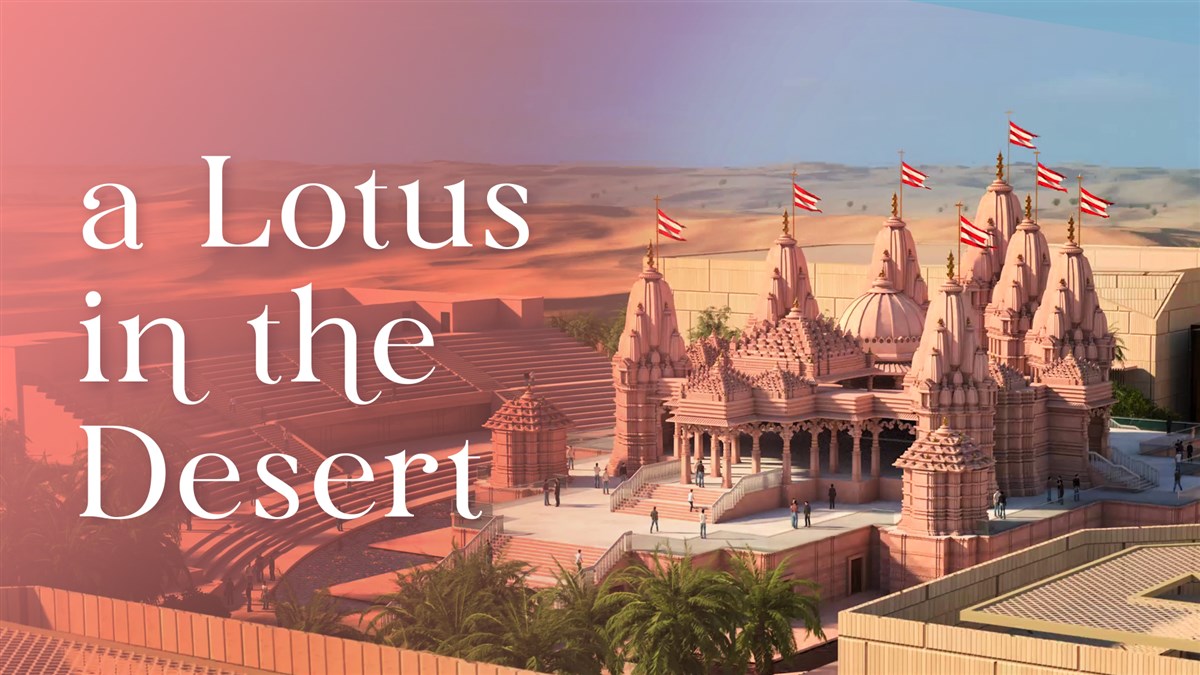
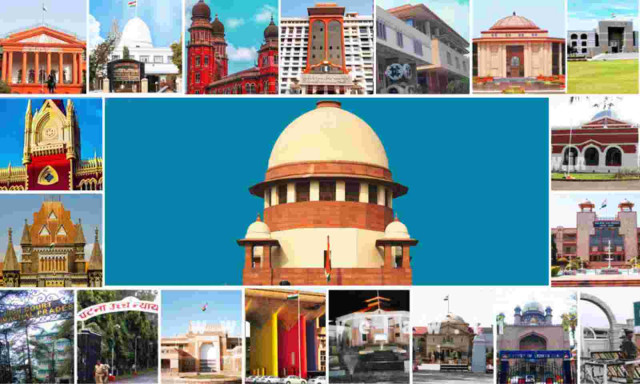








.jpg)



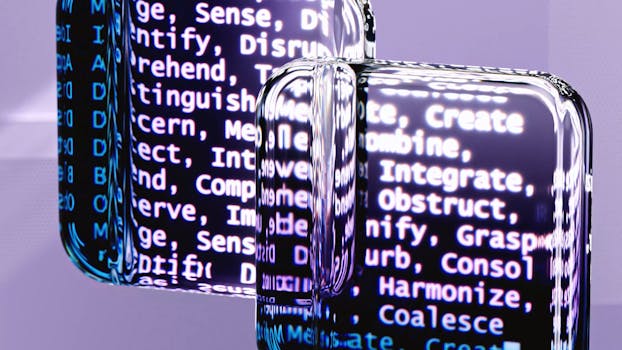

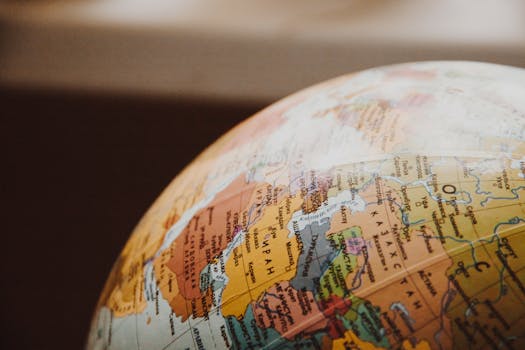


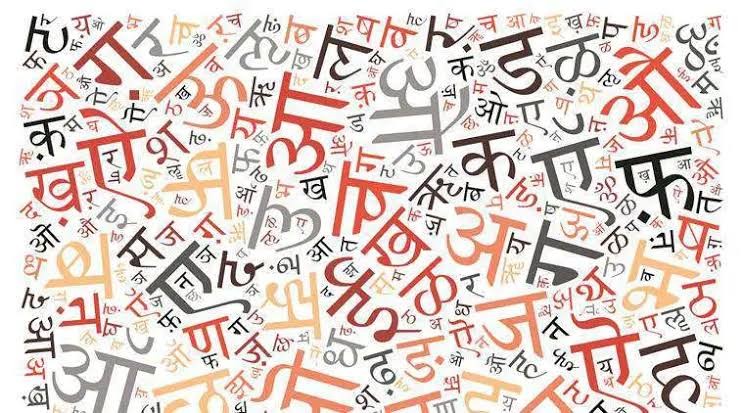 संज्ञा
संज्ञा